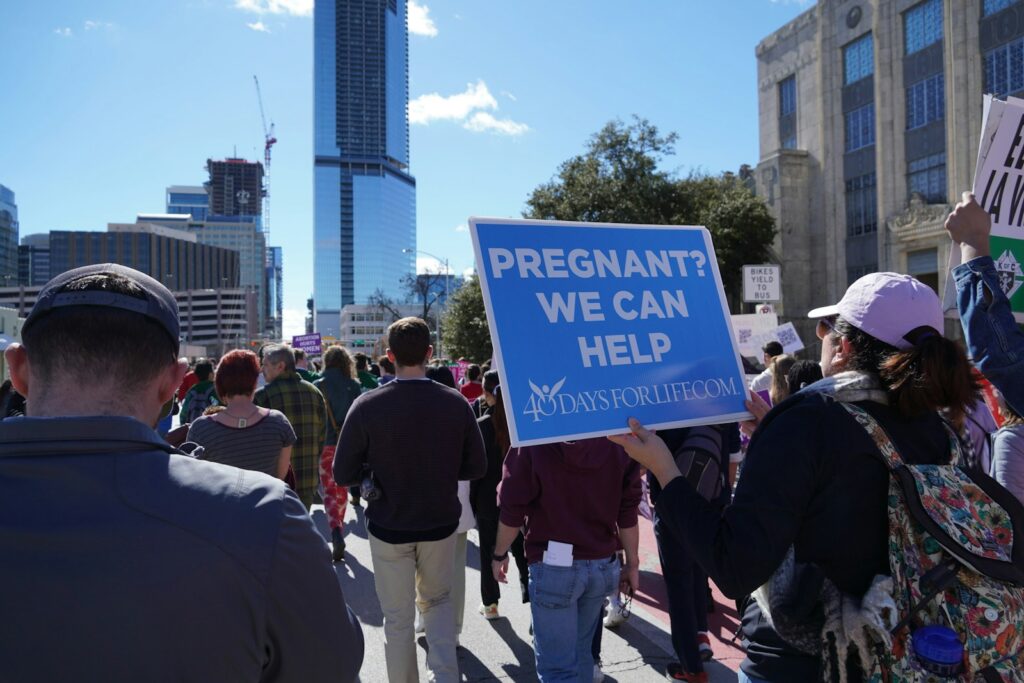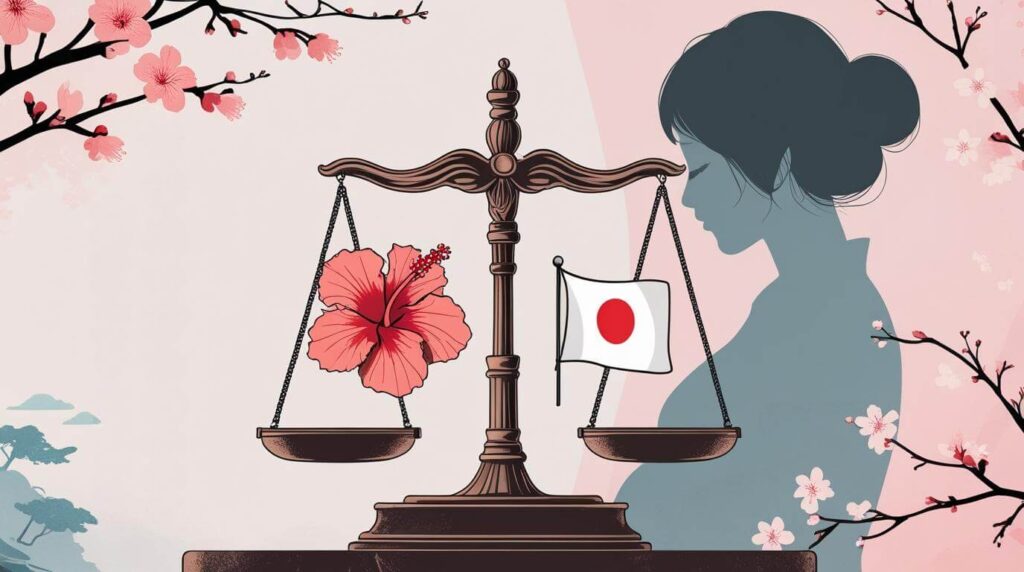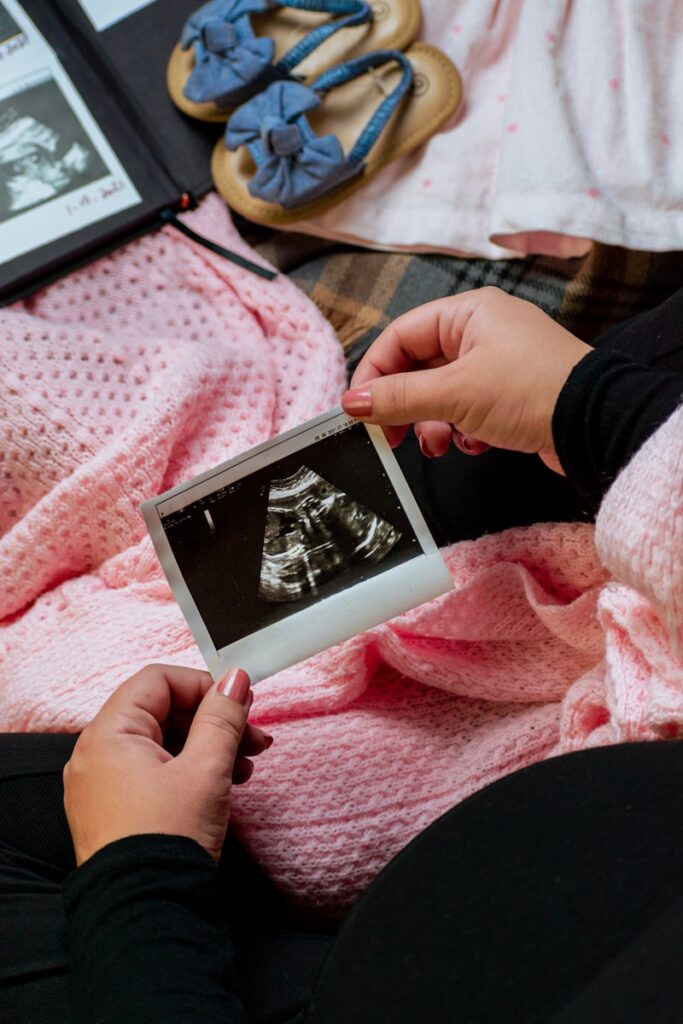Abortion laws in Japan can seem confusing to outsiders. Yes, abortion is legal in Japan, but with rules. Surgical abortions are common, but medical abortion pills are now approved too. Knowing these laws and their impact is key for those interested in Japan’s changing policies. For more on societal changes, check out The Hidden Truth About the Sexual Revolution in Japan.
The Legal Framework of Abortion in Japan
Abortion laws in Japan are detailed and regulated. Understanding these laws helps clarify the country’s reproductive choices’ rights and limits.
Maternal Health Protection Law
In Japan, abortion is legal under the Maternal Health Protection Law, passed in 1948. The law allows for abortion under certain conditions. These include:
- Pregnancy risks the mother’s health, physically or mentally.
- Economic hardship that could harm the family’s well-being.
- Pregnancy from rape, though navigating this legally, can be complex.
These rules ensure abortions are not done lightly. Medical professionals must justify them. Surgical abortions are still common, but medical abortion pills are now an option. For more on women’s healthcare rights, read this Washington Post article.

Legal Restrictions and Consent Requirements
While abortion is legal, it has strict gestational limits. Abortions are allowed up to 22 weeks of pregnancy. After that, it’s illegal unless there are severe risks. Doctors must follow these rules closely.
Another key rule is spousal or partner consent. Women need their partner’s permission for an abortion. This rule aims to ensure mutual decisions but has faced criticism for limiting women’s autonomy. Exceptions include:
- If the pregnancy is from rape.
- In cases of underage pregnancy or medical emergencies, consent can be waived.
This spousal consent rule is more restrictive than in many other countries.
Comparison with Global Abortion Laws
Japan’s abortion laws are a mix of flexibility and restriction, making them unique globally.
In contrast, the U.S. and Sweden allow abortions with fewer restrictions, often until viability at 24 weeks. Poland, however, has stricter laws, allowing abortions only in cases of rape, incest, or severe fetal abnormalities. Abortion in Japan is similar to some European countries, balancing women’s rights with societal norms.
Canada, for example, allows women to make reproductive choices alone, unlike Japan. These differences highlight how culture and society influence reproductive rights.
Understanding Japan’s abortion laws involves legal and cultural complexities. These frameworks offer insights into a complex and often misunderstood topic, from health guidelines to international comparisons.

Methods of Abortion Available in Japan
Japan’s abortion methods show both progress and challenges. Surgical abortions are common, but medical abortion pills are now available, too. Each method has its rules, costs, and access issues, sparking debates on reproductive health.
Surgical Abortions: Discuss how surgical abortions are performed and their costs in Japan.
In Japan, surgical abortion is the main choice. It includes suction aspiration or D&C, done under anesthesia. These methods remove pregnancy tissue from the uterus, needing skilled doctors.
These procedures are available up to 21 weeks and 6 days of pregnancy, following Japan’s strict laws.
The cost of surgical abortions varies by clinic and location. On average, it’s 100,000 yen to 200,000 yen, or USD 680 to 1,360. Japan’s national health insurance doesn’t cover it, so individuals must pay themselves. For more on healthcare in Japan, see this link.
Medical Abortions: The Abortion Pill
In April 2023, Japan approved its first oral abortion pills. These pills, known as mifepristone and misoprostol, can end pregnancies up to 9 weeks. This was a long-awaited move, as these pills have been used worldwide for decades.
The pills are strictly regulated. They need a doctor’s prescription and must be taken under medical supervision. A medical abortion costs about 100,000 yen. It offers privacy and less invasiveness, but access is still a problem. Read more in this CNN article.

Access and Challenges
Getting an abortion in Japan faces many hurdles. High costs are a major barrier, especially for those with low incomes. There are also few clinics authorized to perform abortions, especially in rural areas.
Japan also has strict rules for medical supervision, especially with abortion pills. This ensures safety but can delay access for women facing stigma.
The spousal consent rule can also limit access, especially for those with complex personal situations. Japan is expanding abortion options, but these rules and cultural factors create obstacles. For more on abortion in Japan, see this Wikipedia article.
Understanding these methods and challenges helps us see the bigger picture of reproductive healthcare in Japan.
Social and Cultural Perspectives
To grasp how Japan views abortion, we must look at its history, social stigmas, and population policies. These factors shape the country’s abortion laws and practices.
Historical Context: Provide an overview of abortion in Japan from the Edo period to modern times.
Abortion in Japan has a long and complex history. It’s tied to social norms, religion, and changing public views. In the Edo period (1603-1868), abortion was sometimes used due to economic struggles and societal pressures.
Buddhist beliefs, like mizuko kuyo (a ritual for aborted or deceased fetuses), played a role. This period set the stage for how society views life and reproductive rights today.
In the 20th century, Japan legalized abortion in 1948 under the Eugenic Protection Law. This law aimed to help with post-World War II economic issues and population control. Women could get abortions under certain conditions, like financial stress or health risks.
Later, the Maternal Health Protection Law replaced this, making rules stricter but still allowing abortions for extraordinary challenges.
Even with legal changes, cultural views still influence abortion practices. Rituals like mizuko kuyo are still popular today. They show both societal guilt and a sentimental view of pregnancy terminations. These traditions highlight the ongoing tension between old practices and new views. For more context, see The cultural construction of abortion in Japan.
Current Social Stigma: Discuss how stigma affects women’s reproductive choices and access to abortion.
Even though abortion is legal in Japan, stigma is still a big problem. Traditional gender roles and societal expectations make women feel judged. This creates a culture of silence and isolation.
Stigma also limits access. Women face extra pressures, like needing spousal consent and not discussing reproductive health openly. This makes women feel like their bodies are not fully their own. Until recently, talking about abortion was taboo, forcing many to keep their decisions secret.
This stigma affects women’s health. It can lead to emotional and psychological stress. A 2023 study on abortion stigma in Japan found that secrecy and fear of judgment worsen mental health after abortion.
Population and Policy Concerns: Explain how low birth rates and government policies impact abortion laws and practices.
Japan’s low birth rates have a big impact on its abortion policies. With one of the lowest fertility rates globally, the government is trying to boost family growth. This sometimes conflicts with reproductive rights.
The government’s focus on increasing the birth rate puts moral pressure on women. Public discussions often highlight the importance of family, framing abortion as against national interests. This can make women feel their choices are against the public good.
Despite these pressures, there are no direct restrictions on abortion rights. However, high costs and strict medical rules can discourage women. Finding a balance between reproductive freedom and national goals is a complex issue in Japan. For more on this, see The Abortion Debate in Japan is Far from Over.
Abortion Laws in Japan: A Comprehensive Guide
Understanding the social and cultural views on abortion in Japan is key. These views shape the country’s abortion laws. They also influence how people think about reproductive health.
Navigating Abortion Services in Japan
Finding abortion services in Japan can be tough. Costs, legal rules, and access to doctors are big factors. This section looks at the financial, practical, and future aspects of getting an abortion in Japan.
Cost of Abortion Services
Abortion in Japan is a private service not covered by national insurance. This makes it expensive for women to pay out of pocket.
Here are the costs:
- Surgical abortion: Costs between 100,000 to 200,000 yen (USD 680 to 1,360). Prices vary by clinic and pregnancy stage.
- Medical abortion: The new abortion pill costs about 100,000 yen. This includes a required doctor’s visit.
The high cost is a big problem, especially for those with less money. Even with more options like the abortion pill, Japan’s prices are high. For more on abortion costs and services, see this guide on pregnancy options in Japan.

Tourist Considerations
If you’re visiting Japan and need an abortion, it’s possible. But tourists have to follow certain steps:
- Seek Certified Clinics: Abortions are only performed at certain clinics and hospitals. Tourists should check if these places accept foreign patients.
- Language Support: Many clinics have limited English. It’s best to bring a translator or use translation apps.
- Medical Consultation: You need written consent and a face-to-face meeting before any procedure, which might prolong your stay.
- Payment: Since insurance doesn’t cover it, clinics want full payment upfront.
Tourists face unique challenges, like not knowing the local healthcare system or dealing with cultural sensitivities. Knowing these details is important for planning. Learn more about abortion services and healthcare access through guides like this one.
Future Developments
Japan’s strict abortion laws might change soon. Telemedicine could make it easier for women in rural areas to get abortions. Right now, laws require in-person consultations and procedures. But technology and advocacy could make these easier.
Telemedicine could help women who face stigma or have trouble getting to clinics. Although this is uncommon in Japan, global trends suggest it could become common.
There’s also talk about government support for abortion. There might be subsidies or insurance coverage with discussions on population decline and women’s health. But this is still just a possibility.
For more on healthcare challenges for women, see Japan Shine Again’s insights. This will help you understand how these changes might happen.
Conclusion About Are Abortions Legal in Japan?
Japan’s abortion laws are both accessible and challenging. Legal, social, and cultural factors influence them. Abortions are legal for up to 22 weeks, but getting one can be hard due to rules and high costs.
The introduction of medical abortion pills is a step forward. Yet, it shows the ongoing hurdles in access. These issues touch on healthcare fairness and women’s freedom in Japan.
Those interested in Japan’s abortion laws and society can look into reproductive rights and gender equality. Learning about these topics helps us understand women’s health and individuality in Japan’s changing world.



